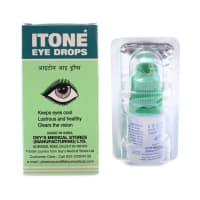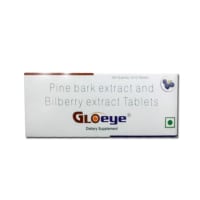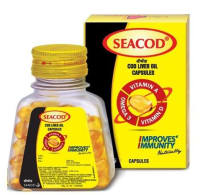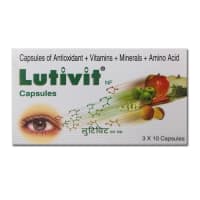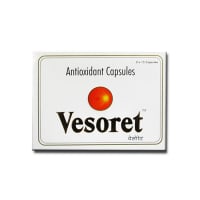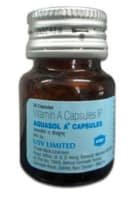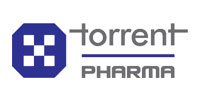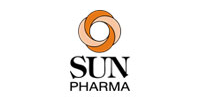USED FOR:
Dry eye disease
COMPOSITION:
D-Panthenol (topical) (5% w/v)
Sodium Hyaluronate Topical (0.1% w/v)
Therapeutic Uses:
ophthal

No interaction found

PROBABLY SAFE
Maxmoist Eye Drop is probably safe to use during pregnancy.Animal studies have shown low or no adverse effect on the foetus, however, there are limited human studies. Please consult your doctor.

Maxmoist Eye Drop is probably safe to use during lactation. Limited human data suggests that the drug does not represent a significant risk to the baby.

It is not known whether Maxmoist Eye Drop alters the ability to drive. Do not drive if you experience any symptoms that affect your ability to concentrate and react.

There is limited information available on the use of Maxmoist Eye Drop in patients with kidney disease. Please consult your doctor.

There is limited information available on the use of Maxmoist Eye Drop in patients with liver disease. Please consult your doctor.
Uses of D-Panthenol (topical)
D-Panthenol (topical) is used in the treatment of dry eye disease.
How to use D-Panthenol (topical)
This medicine is for external use only.Take it in the dose and duration as advised by your doctor. Check the label for directions before use. Hold the dropper close to the eye/ear without touching it. Gently squeeze the dropper and place the medicine inside the lower eyelid or ear. Wipe off extra liquid.
Uses of Sodium Hyaluronate Topical
Sodium Hyaluronate Topical is used in the treatment of dry eye diseaseIf associated with deficient tear secretion, impaired or abnormal mucus production.
How to use Sodium Hyaluronate Topical
This medicine is for external use only.Take it in the dose and duration as advised by your doctor. Check the label for directions before use. Hold the dropper close to the eye/ear without touching it. Gently squeeze the dropper and place the medicine inside the lower eyelid or ear. Wipe off extra liquid.
How Maxmoist Eye Drop works
Sodium Hyaluronate Topical belongs to the class of medications called as glycosaminoglycans. It works by forming a protective barrier around the wound and restores the natural environment thereby maintaining the hydration and promoting wound healing.
Common Application site irritation.
Expert advice for Sodium Hyaluronate Topical
Clean (remove any debris) and disinfect the wound before applying sodium hyaluronate cream.
Cover the applied area with appropriate dressing (sterile gauze and bandage).
Avoid extensive rubbing of sodium hyaluronate cream over the wound surface.
Contact your doctor immediately if the injury or wound worsens or if signs of any infection appear.
Tell your doctor if you are or planning to become pregnant or are breastfeeding.
Do not use if you are allergic to sodium hyaluronate or any of its ingredients.
Q. Is sodium hyaluronate safe?
Sodium hyaluronate is safe if used at prescribed doses for the prescribed duration as advised by your doctor
Q. Is sodium hyaluronate natural?
Yes. Sodium hyaluronate is a derivate of hyaluronic acid which occurs naturally in body tissues such as connective tissues and helps to maintain hydration balance and supports natural healing process
Q. Is sodium hyaluronate the same as hyaluronic acid?
Yes. Sodium hyaluronate is a derived from (salt form of) hyaluronic acid.


 Maxmoist Eye Drop
Maxmoist Eye Drop  Bookmark
Bookmark
